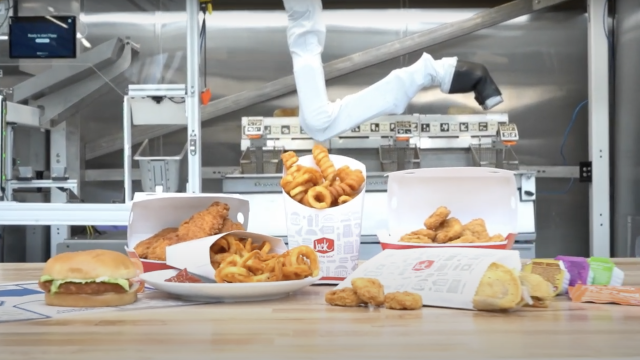If you’re sick and tired of other human beings standing between you and your Whopper and simply can’t comprehend the concept of cooking your own food, you’re in luck, 2022 might just be the year for you!
Restaurants and food suppliers around the world are taking lessons learned from the pandemic and, in many cases, are adapting technologies to more permanent solutions. Cashierless checkout, online ordering, and QR codes all existed prior to the pandemic but were exposed to a much wider population of diners out of necessity.
Like ecommerce more generally, the pandemic accelerated an already growing trend of tech integration within the food industry. Now, with regulations easing for better or worse throughout much of the world, entrepreneurs and startups are trying to see whether or not some of those habits picked up during the end times will live on. Here are six of the sometimes creepy ways tech may weave its way into food service this year.
Back of House Robotics
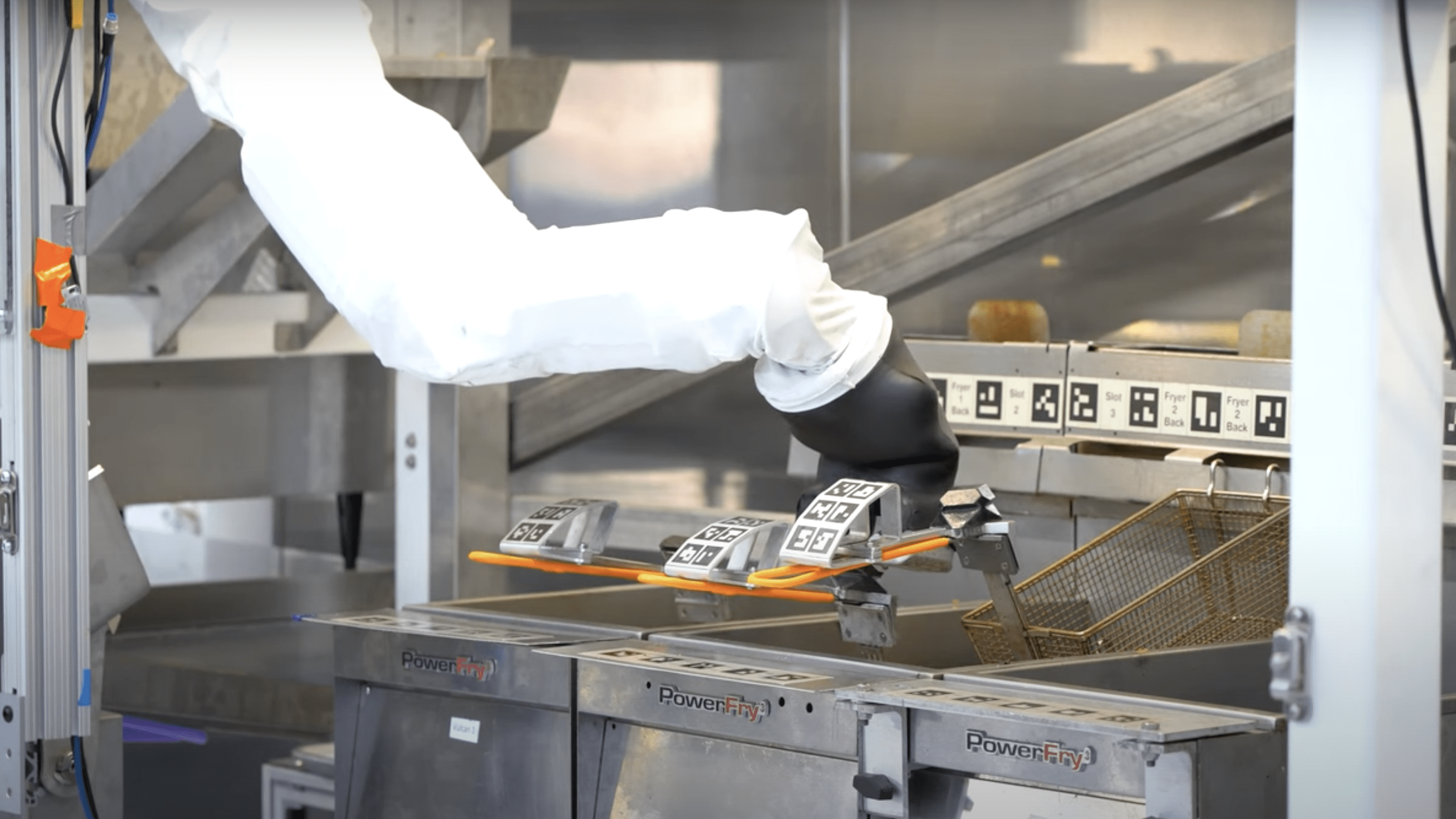
Sci-fi and James Cameron may have promised us human hunting robots but in 2022 we’re getting robot-burger flippers instead. One company in particular, California based Miso Robotics, made a splash during the pandemic with its burger flipping bot aptly dubbed “Flippy,” which it claims is capable of serving around 300 burgers per day. White Castle already announced its looking to add Flippy 2, an updated version, to around 100 of its locations this year. Jack in the Box followed suit this week and announced it will start testing out Flippy 2 as well. Miso’s bots aren’t just limited to burgers though. Chipotle recently said it’s testing out another Miso bot called Chippy which, you guessed it, focused on preparing tortilla chips.
Butcher Bots
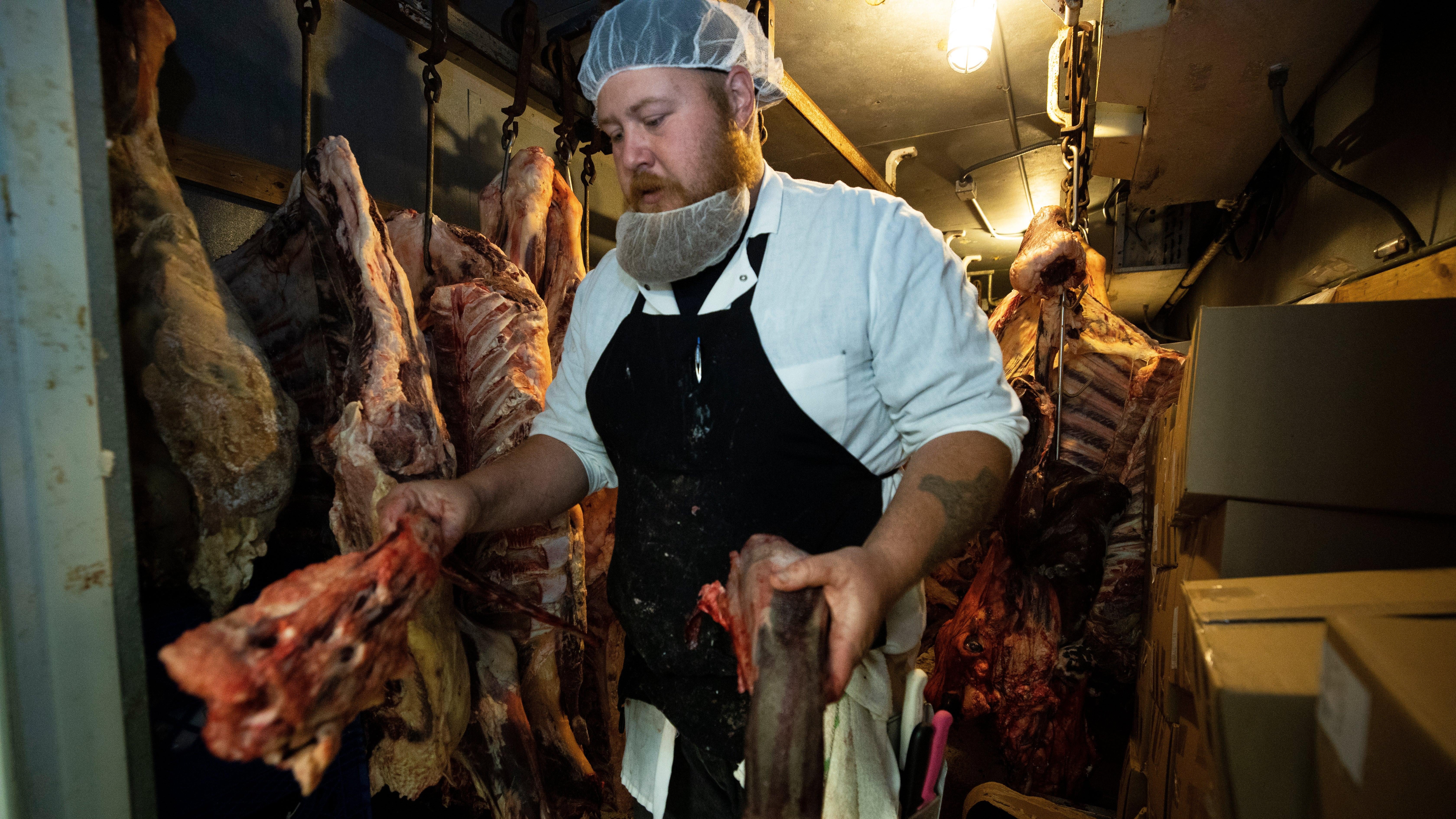
Meat processor giant Tyson is reportedly betting big on autonomous butcher robots capable of deboning and butchering meat. According to a Wall Street Journal report, Tyson has spent more than $US500 ($694) million on technology and automation between 2017 and 2020, part of which would go towards autonomous deboning systems. Tyson, and others in the industry, reportedly hope these autonomous systems could one day reduce workplace injuries associated with the bloody business. The pandemic acted as an accelerant for the butcher bots, the Journal notes, since crowded factory floors were a hotbed for Covid-19 transmission.
Facial Recognition Bouncers
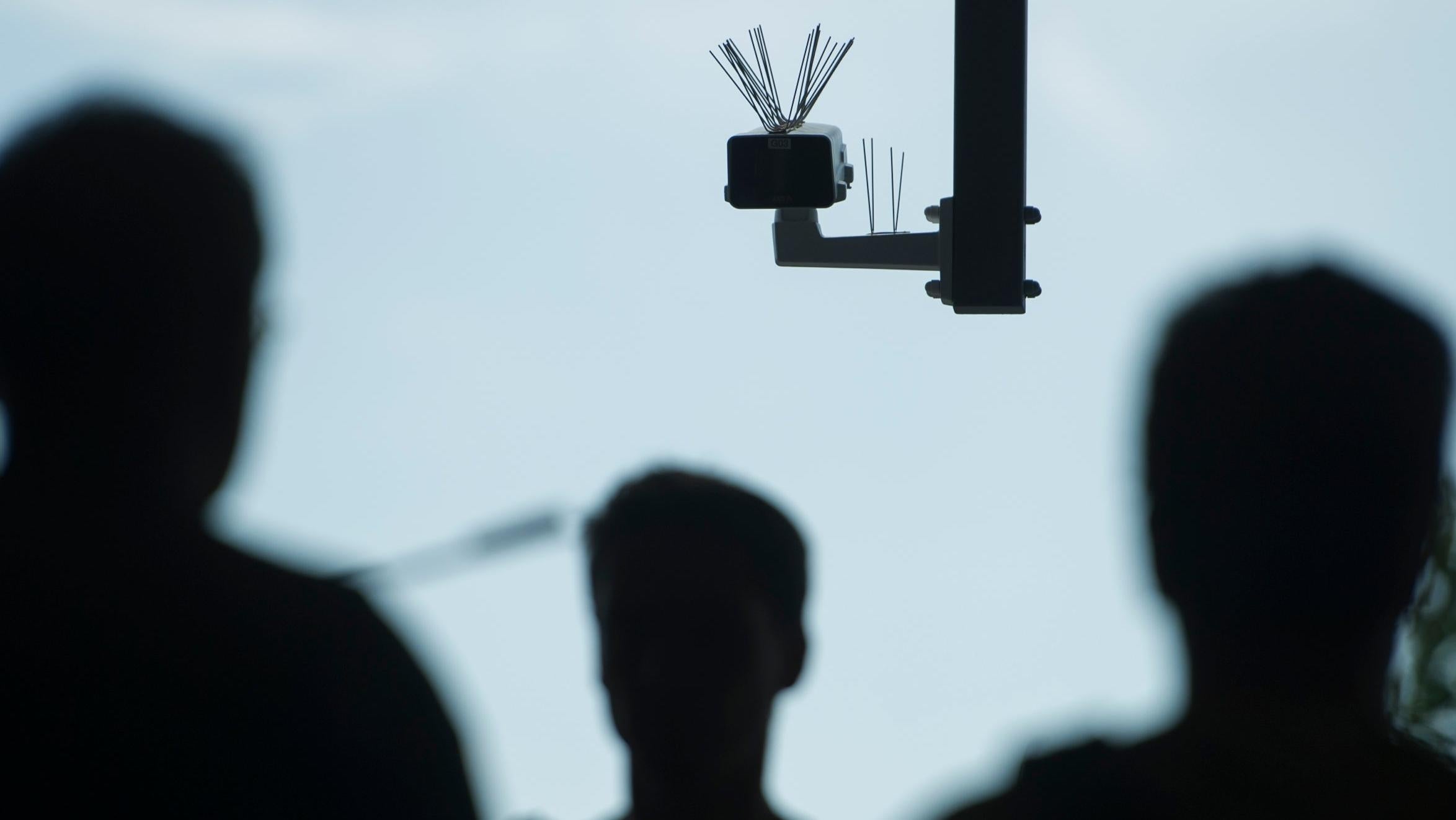
Facial recognition has so far proven contentious thanks to its storied history of racial bias and unreliable accuracy but that’s not stopping grocery stores and bars from trying to use the tech to guess their patrons’ ages. Yoti, one of the leading age verification companies in their field, is already reportedly testing their technology in supermarket chains in the United Kingdom. In the U.S. meanwhile, New York’s state senate is reportedly attempting to pass legislation that would let bars and restaurants use facial recognition or fingerprint scans to verify the age of people attempting to purchase alcohol, cigarettes, or e-cigarettes.
More Advanced Restaurant Apps
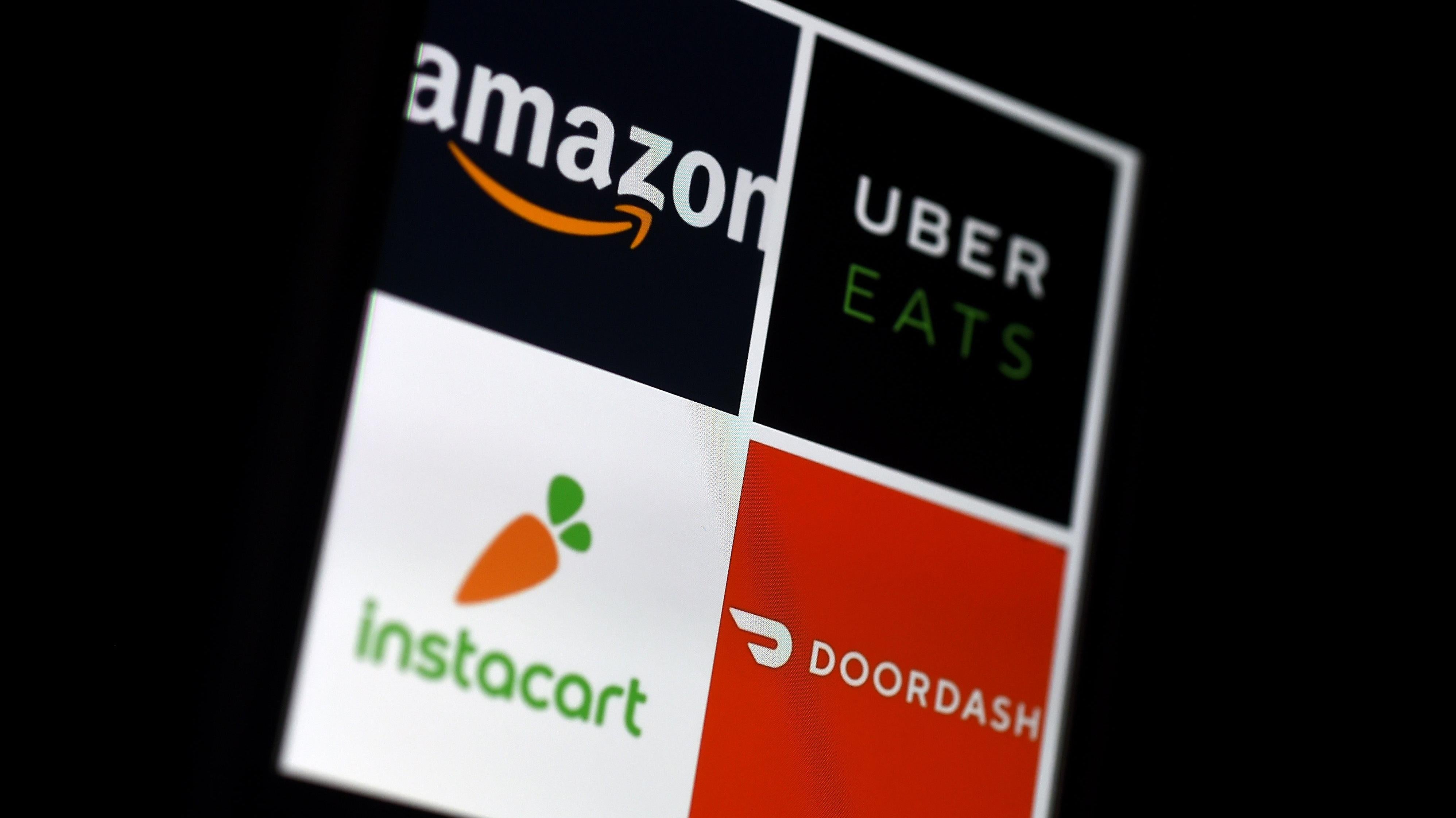
The pandemic-induced surge in online ordering prompted an uptick in restaurants developing and enhancing their own apps. Apps from restaurants like Chipotle, Shake Shack, and Dominoes let users stalk their food at different stages of its readiness and when it’s on its way to their homes (and collecting plenty of data in the process). On the restaurant side, Restaurant Dive notes a number of fast food chains like Taco Bell are using location tracking data to keep tabs on diners or couriers in order to have their order ready for pickup just at the right moment.
Self Service Kiosk

Casheirles self checkout systems have existed in a number of grocery stores and fast food chains like McDonald’s for years, but they could see even wider adoption this year thanks in part to pandemic habits and a tight U.S. labour market. Shipments of these types of self-checkout systems reportedly increased 20% in 2020 according to RBR shared with The Wall Street Journal. Self-checkout and other automated systems are expected to play an even more important role over the next decade where the U.S. is expected to see a 10% decline in human cashiers, according to recent U.S. Bureau of Labour Statistics.
QR Codes
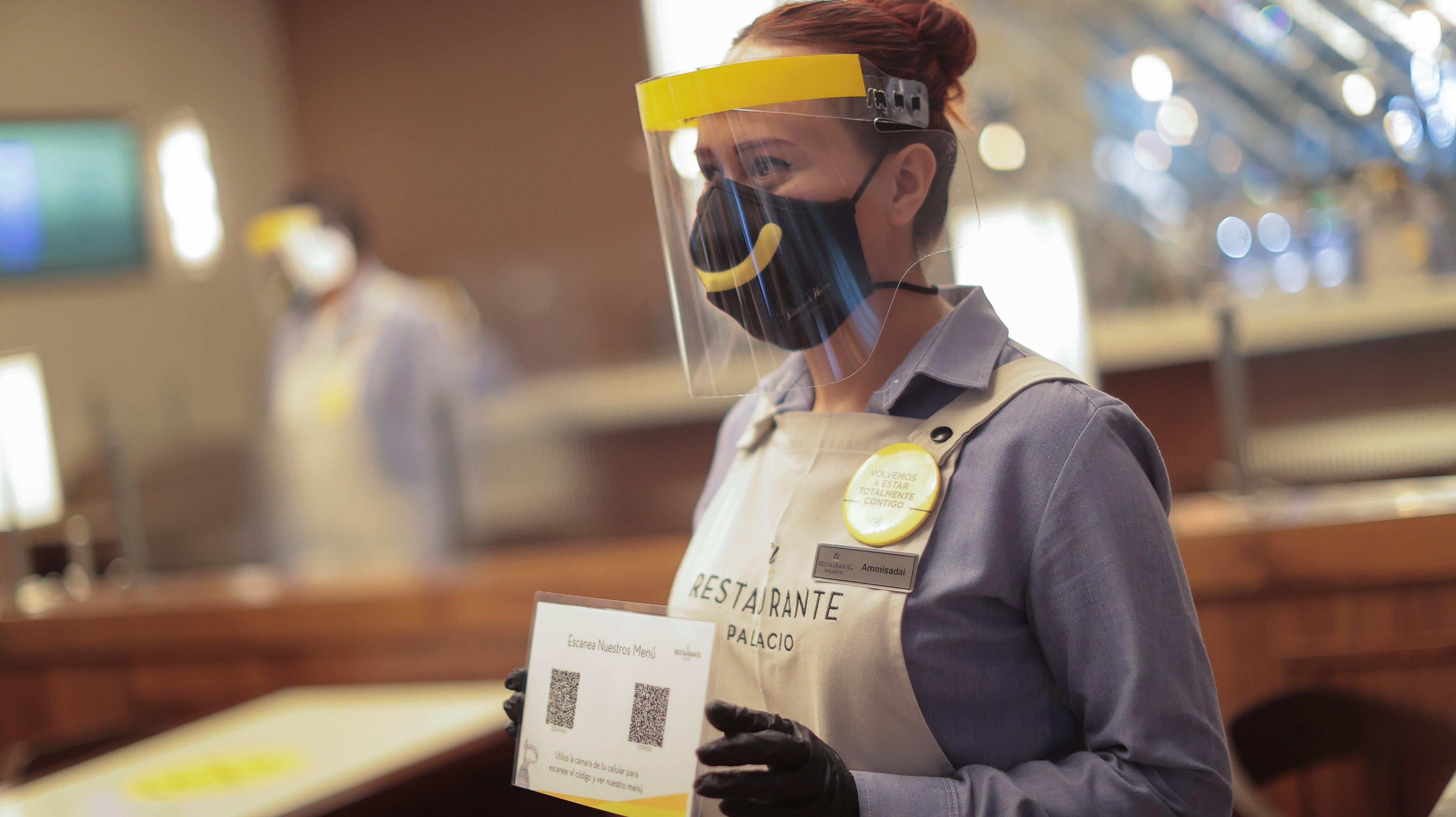
While they aren’t necessarily the most glamorous innovation on this list, QR codes have had some of the most immediate, and potentially long lasting impact of recent consumer facing dining tools. Whether used as nifty replacements for physical menus or a direct line for diners to order their meals, QR codes in restaurants and bars are popping up everywhere. For a sense of scale, link management giant Bitly told CNBC last year it saw a 750% increase in QR code downloads over the span of 18 months. That trend’s only expected to continue, especially given the evolving labour force noted before. Speaking with the New York Times, Cheqout co-founder Tom Sharon said he believes companies using QR codes could potentially save somewhere between 30% and 50% on labour costs by reducing their number of servers.
